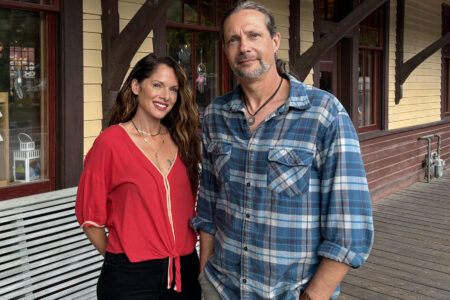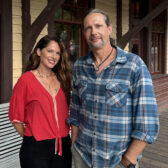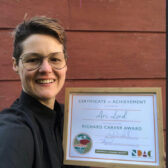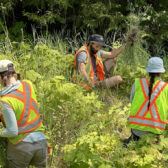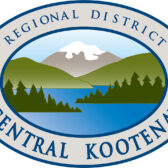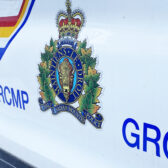Easter holiday drivers need to drive responsibly
As the first long weekend of the year approaches, ICBC is encouraging drivers to plan ahead and drive safely this Easter.
On average, there are 2,200 crashes, 640 injuries and four fatalities every year throughout B.C. over the Easter long weekend.*
“We want everyone to enjoy the long weekend with their family and friends,” said Shirley Bond, Minister of Justice and Attorney General.
“Whatever your plans are, help keep our roads safe – be a role model and drive responsibly over the long weekend.”
“The biggest factor at this time of the year is that weather conditions across B.C. can change quickly, and road conditions can become very challenging,” said Fiona Temple, ICBC’s director of road safety.
“With Easter being the first long weekend of the year, many people will also be setting off on their first road trip, and we want to make sure everyone gets to their destination and home again safely.”
These five smart driving tips from ICBC will help you stay safe this Easter long weekend:
- Be realistic: Plan ahead and be realistic about travel times. Allow extra time for possible delays that may occur due to increased traffic volume over the long weekend. Check drivebc.ca for road and weather conditions before setting out.
- Your vehicle: Long road trips can be tiring for drivers and passengers but also on your vehicle, so make sure it’s up to the drive. Remember to check your engine oil, washer fluid, lights and inspect your vehicle tires, including the spare, to make sure they are in good condition and properly inflated.
- Be safe: At this time of year in B.C., weather conditions can change suddenly, especially when travelling over long distances. Even in spring, drivers may encounter winter-like conditions in some parts of the province so be aware that winter tires and chains may still be required on some mountain and interior highways. In other parts of the province, warmer weather will encourage more motorcyclists and bicyclists to hit the road. Drivers should slow down, use extra caution and keep a look out for other roads users.
- Drive smart: Whether travelling a long distance or a short trip, always maintain a safe travelling distance between vehicles. Allow at least two seconds of following distance in good weather and road conditions, and at least three seconds on high-speed roads or if you’re behind a motorcycle since it has a much shorter stopping distance.
- Model it: Set an example for your children and other drivers by making smart driving decisions on the road. Start by always wearing your seatbelt and make sure that everyone else in the vehicle does too.



